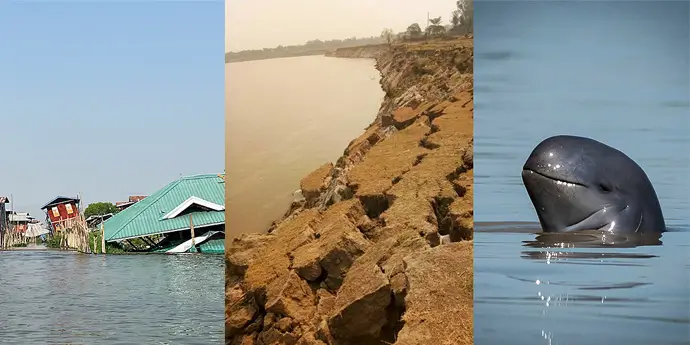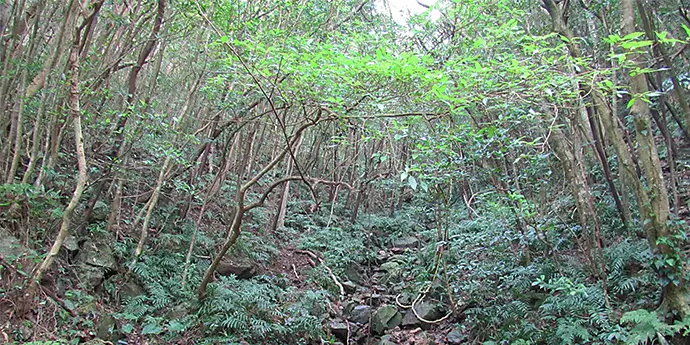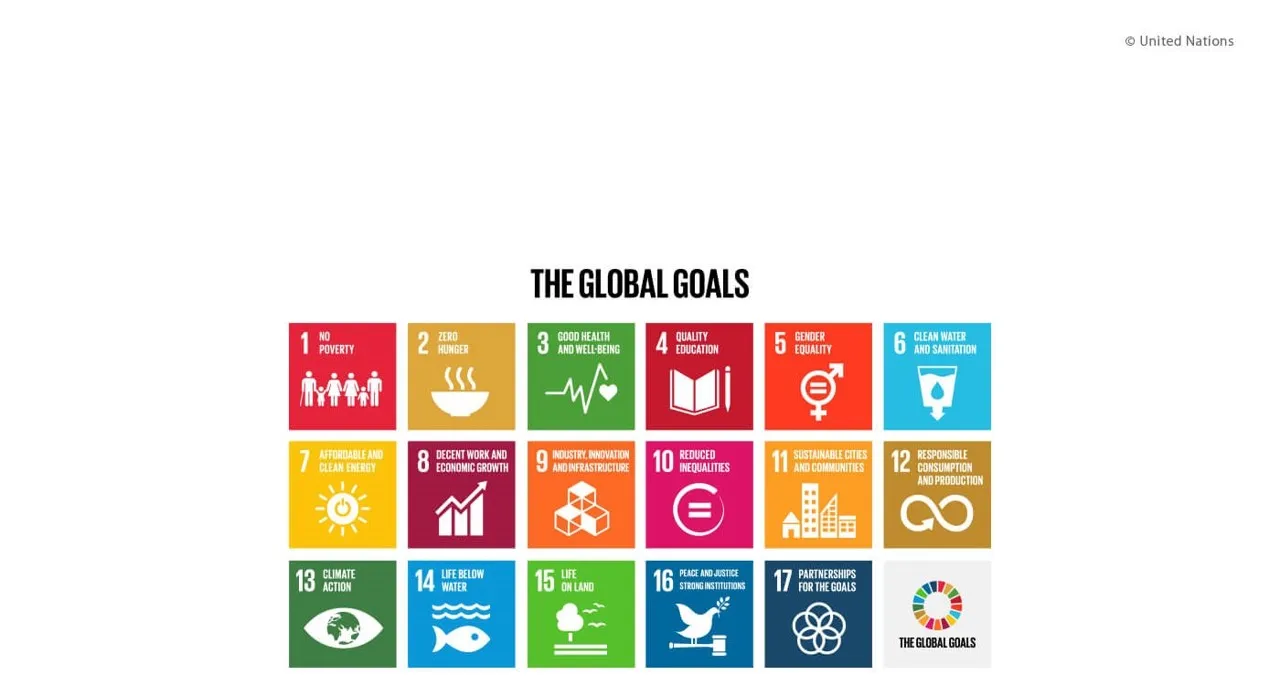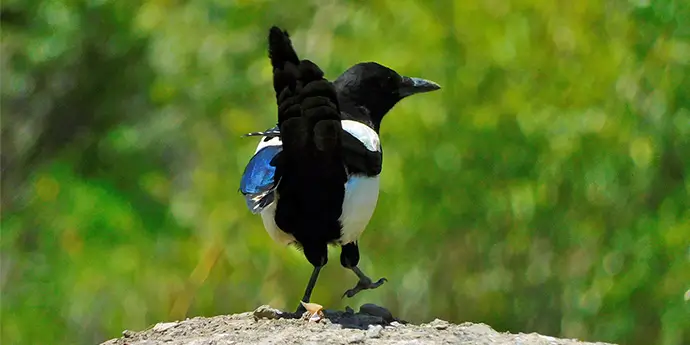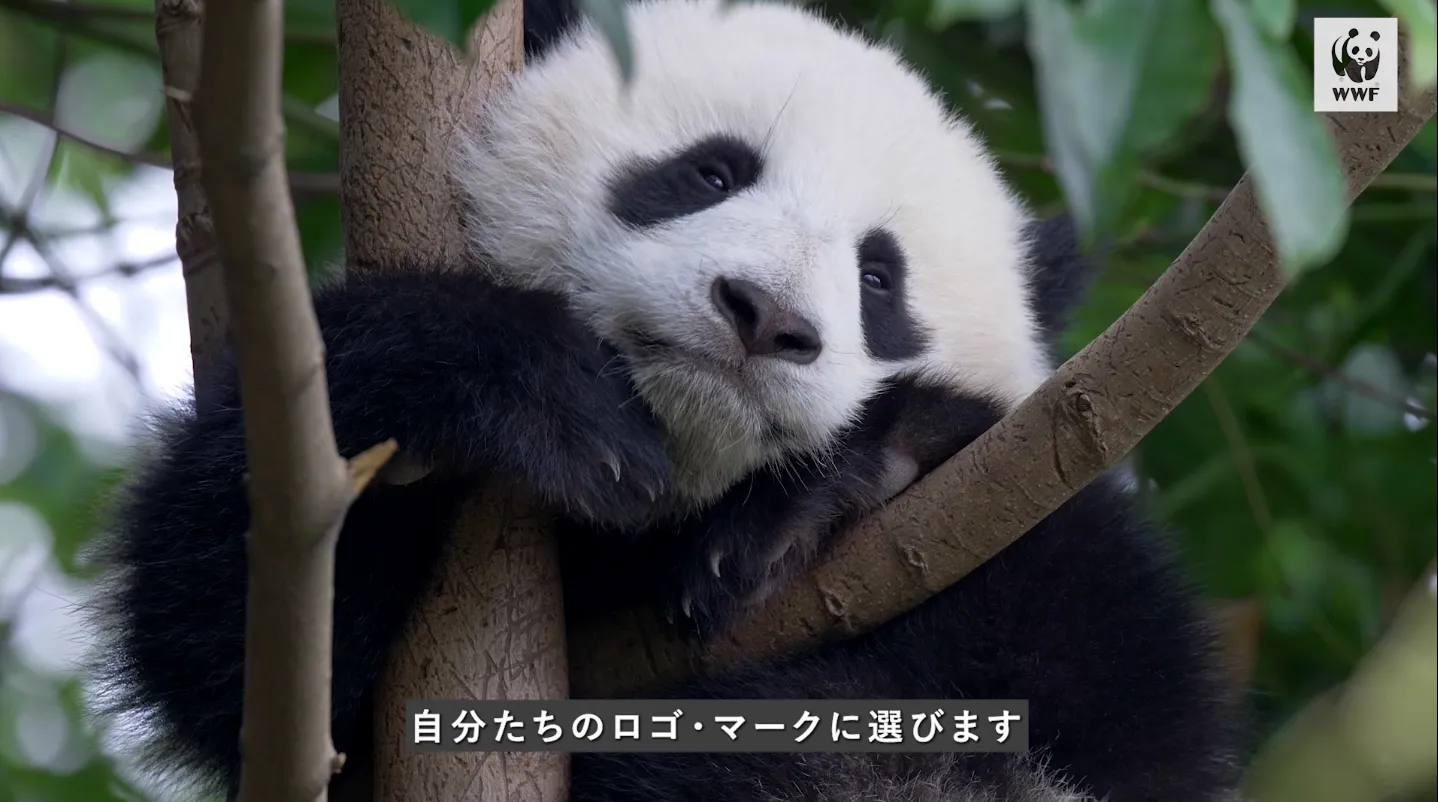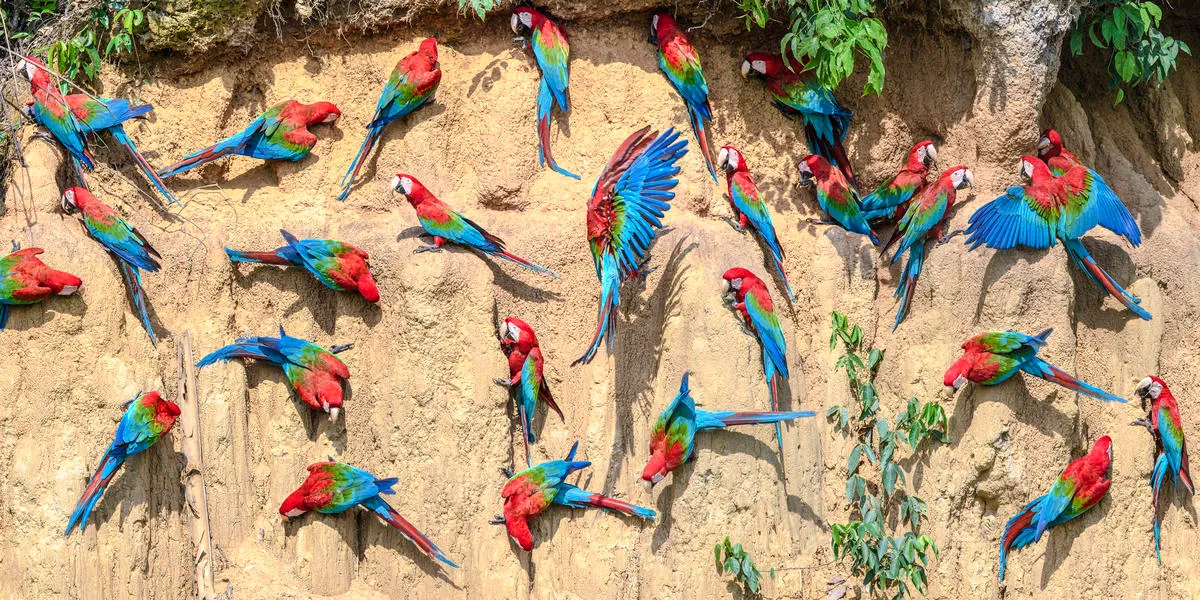【関連資料】「ヒョウの森国立公園」設立へ
2012/04/09
※2023 年 6 月 26 日をもって、WWFロシア(Vsemirnyi Fond Prirody)はWWFネットワークから離脱しました。
WWFロシア 記者発表資料(仮訳) 2012年4月9日
【ロシア、ウラジオストク発】本日、サンクト・ペテルブルグで開催のロシア地理学会の会合において、世界で最も希少なネコ科動物の一種である、アムールヒョウの生息地の60%をカバーする、新たな保護区の創設が発表された。
ロシア連邦政府の決議により、ロシア沿海地方南西部に、広さ26万2,000ヘクタールの「ヒョウの森」国立公園が設立された。
この保護区1カ所で、最低でも50頭の野生のアムールヒョウ(*極東アジアに生息するヒョウの亜種)の生存を支えることができる。その広さは現存するアムールヒョウ生息地の60%を含んでいる。
最も重要な点は、この国立公園にはアムールヒョウが数世代にわたり繁殖を続けてきた地域の、すべてが含まれていることである。
同公園は中国北東部の貴重なチョウセンゴヨウの森に生息する、10頭のシベリアトラ(*アムールトラともいう極東アジアに生息するトラの亜種)個体群にとっても、重要な生息地になると見込まれている。
WWFロシアのCEOイゴール・チェスティンは次のように言っている。
「過去20年の間に、アムールヒョウの生息地はほぼ半分にまで減少しました。個体数も危機的なほどにまで減少しており、わずか30頭になっています」
「アムールヒョウ保全戦略の重要な対策の1つとして、公式に掲げられている『保全のための一つにまとまった保護地域の設立』が実施されることを、私たちは喜んでいます」
「国立公園の設立には組織的な問題が多く伴います。その中で、首相命令をこのように短期間で実施できたのは、ひとえに沿海地方政府、ロシア連邦の天然資源省、環境省ならび関係当局の積極的かつ実効性のある協力の賜物です」
またWWFロシア・アムール事務所の代表ユーリ・ダーマンは次のように言う。
「2001年に、WWFはアムールヒョウを絶滅から救う上で、主要な条件となる、一つのまとまった保護区を設立するための段階的なプログラムに着手しました」
「私たちが行なった一般向けのキャンペーン『Save each of the survivors』と、ドキュメンタリー『Throwing out a challenge』により、政府高官たちから高い支持を得ることができました。ロシア連邦のセルゲイ・イワノフ副首相は、アムールヒョウの保全と国立公園の設立について、個人的にもご尽力くださいました。今日、副首相に対し、人と動物の双方より、心からの御礼を申し上げたいと思います」
新設された国立公園は、ケドロバヤ・パジ厳正自然保護区と共同管理のもとに置かれる。また今回、政府は大規模な投資についても決定した。
これにより、4,000万ルーブル(約130万ドル)が国立公園の年間維持費に、約5億ルーブル(1,660万ドル)がインフラ整備に充てられる。
同国立公園内には複数の区域が存在する。厳重に保護される区域としては、ボリソウスキー高原にある約3万ヘクタールの最重要生息地域が含まれる。さらに、ロシア・中国国境沿いの12万ヘクタールを超える地域では、ヒョウの保護のみならず、国境の保護も目的とした特別管理体制が敷かれることになる。この区域へは特別な許可がなければ入ることはできない。
すべての農地、町周辺の土地や軍用地は経済発展区域(3万8,000ヘクタール)に含まれ、この区域内では、個人による土地の所有権の変更は行なうことができない。残りの森林地域(7万2,000ヘクタール)はレクリエーション区域とされ、エコツーリズムの開発も計画されている。
12年の間、続けてきた絶え間ない努力は、「ヒョウの森」国立公園の設立という形で、結実した。WWFロシア・アムール事務所は今日、その空前の成功を祝っている。
原文
Land of the Leopard National Park is established
Creation of the new protected area, which covers 60% of all remaining habitats of the world’s rarest wild cat, was announced today at the meeting of the Russian Geographical Society in Saint Petersburg.
By resolution of the government of the Russian Federation, the Land of the Leopard National Park was established on 262 thousand hectares in the southwest of Primorsky Province.
This single protected territory has the capacity to ensure the survival of at least 50 Far Eastern leopards and covers 60% of its remaining habitats. And most importantly, the park includes all breeding grounds, which leopards use from generation to generation. The national park will also become home to 10 Amur tigers that are key for Changbaishan population in China and a valuable Korean pine forest.
“In the past 20 years, Far Eastern leopard habitat has almost halved, and the population has become critically low and numbers just 30 animals”, says WWF-Russia CEO Igor Chestin. “We are happy that one of the key measures listed in the official Far Eastern Leopard Conservation Strategy – creation of a unified reserve for its conservation - is implemented”.
“Creation of the national park implied a lot of organizational problems, and only active and fruitful cooperation of Primorsky Province government, Ministry of natural resources and environment of the Russian Federation, and other state agencies helped implement Prime Minister’s order in such short time”, says Igor Chestin.
“In 2001, WWF began a phased program for the establishment of a unified protected territory as the primary condition for the survival of the Far Eastern leopard”, says director of the Amur branch of WWF Yuri Darman. “Our public campaign ‘Save each of the last’ and documentary‘Throwing out a challenge’ allowed to receive support of government leaders at the highest level. Vice-minister of the Russian Federation Sergey Ivanov took on personal responsibility for the conservation of the Far Eastern leopard and the establishment of the national park. Today we’d like to offer him a warm ‘thank you’ from man and beast alike!”
The park will have a joint administration with the Kedrovaya Pad strict nature reserve. The government decision is accompanied by significant investments – 40 million rubles (about $1.3 million) are designated to the annual maintenance of the national park, and around half a billion rubles ($16.6 million) are designated for the development of its infrastructure.
The national park will include several zones. The strictly protected zone covers around 30 thousand ha of the most important habitat areas on the Borisovskoe Plateau. More than 120 thousand ha along the Russia-China border will have a special management regime aimed at protecting not only the leopard but also the state border. Access to this zone will only be allowed by special permits. All farmlands, lands around towns and military territories will be included in the economic development zone (38 thousand ha), and private ownership of such areas will not be altered. The remaining forest areas (72 thousand ha) are included in the recreational zone, where development of eco-tourism is planned.
The Amur branch of WWF today celebrates this unprecedented win. Twelve years of grueling work have ended with the successful establishment of the Land of the Leopard National Park!
More videos:
- Save each of the survivors documentary
- WWF Russia documented a wedding of Far Eastern leopards (text)
- WWF Russia documented a wedding of Far Eastern leopards (youtube)
- A new Amur Leopard appeared in the Kedrovaya Pad Nature Reserve (11/11/11)



